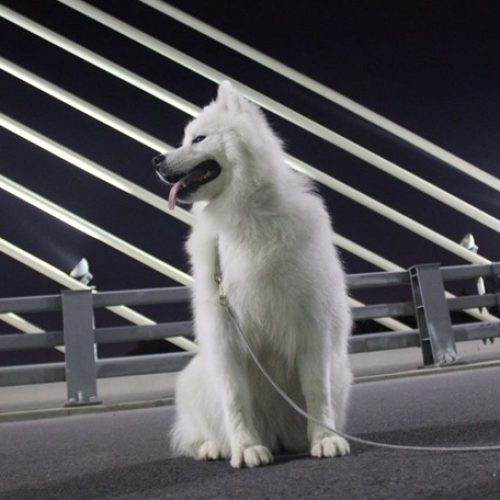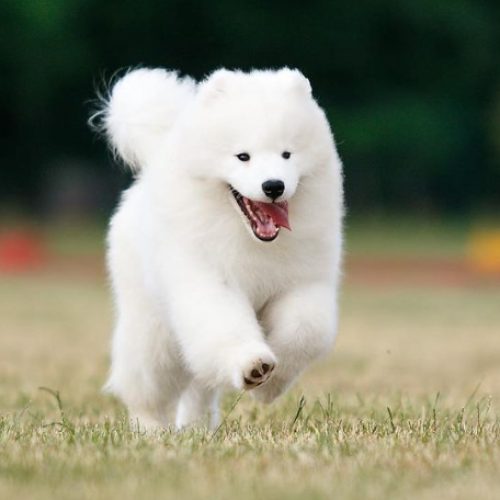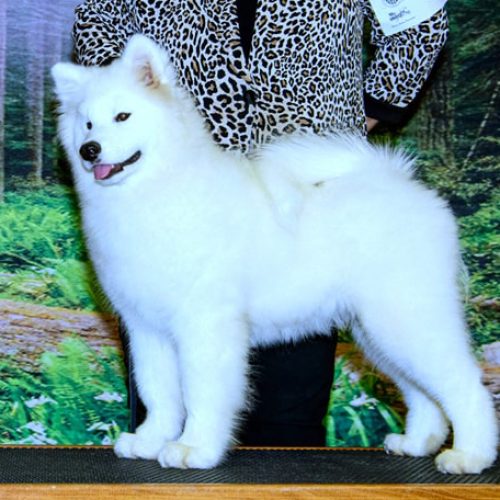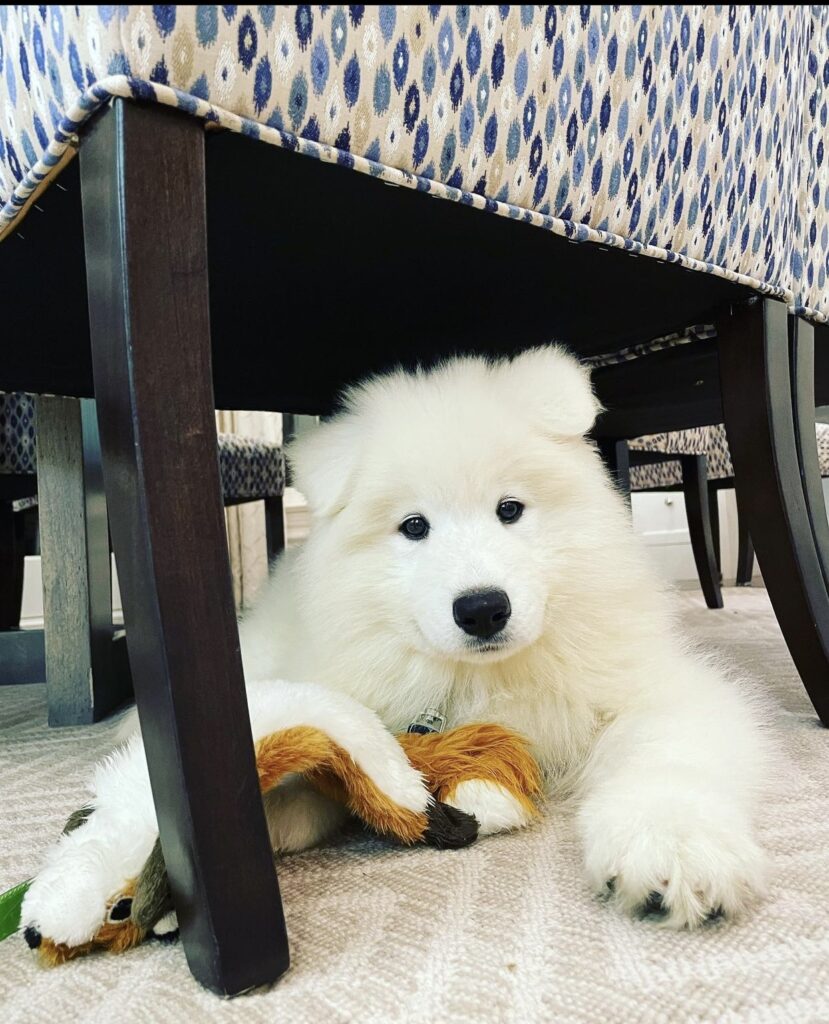
Bringing home a new Samoyed puppy is an exciting and joyous experience. These fluffy and sociable dogs make wonderful companions, but like any other breed, they require proper training. Crate training is an essential aspect of raising a well-behaved and happy Samoyed. In this blog, we will guide you through the process of crate training your Samoyed puppy, providing you with tips and techniques to make the experience positive for both you and your furry friend
1. Choose the Right Crate:
Selecting the appropriate crate for your Samoyed is crucial. For a Samoyed puppy, a Sky Kennel can be an excellent choice. Make sure the crate size ensures your puppy has enough space to stand, turn around, and lie down comfortably, while still providing a cozy and secure environment. The Sky Kennel offers a balance between ample room and a snug atmosphere, making it an ideal crate option for your growing Samoyed companion.
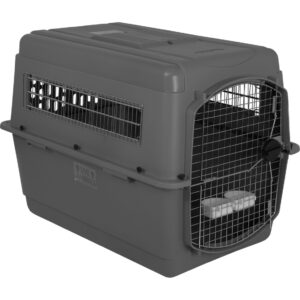
2. Introduce the Crate Gradually:
To create a positive association with the crate, introduce it gradually. Place the Sky Kennel in an area where your Samoyed puppy spends a lot of time, such as the living room or kitchen. Keep the door open and add soft bedding inside to make it inviting. Encourage your puppy to explore the crate by placing treats or toys inside. Allow them to enter and exit freely, ensuring they associate the crate with positive experiences. A great Youtube channel to watch is Yeti’s Place.
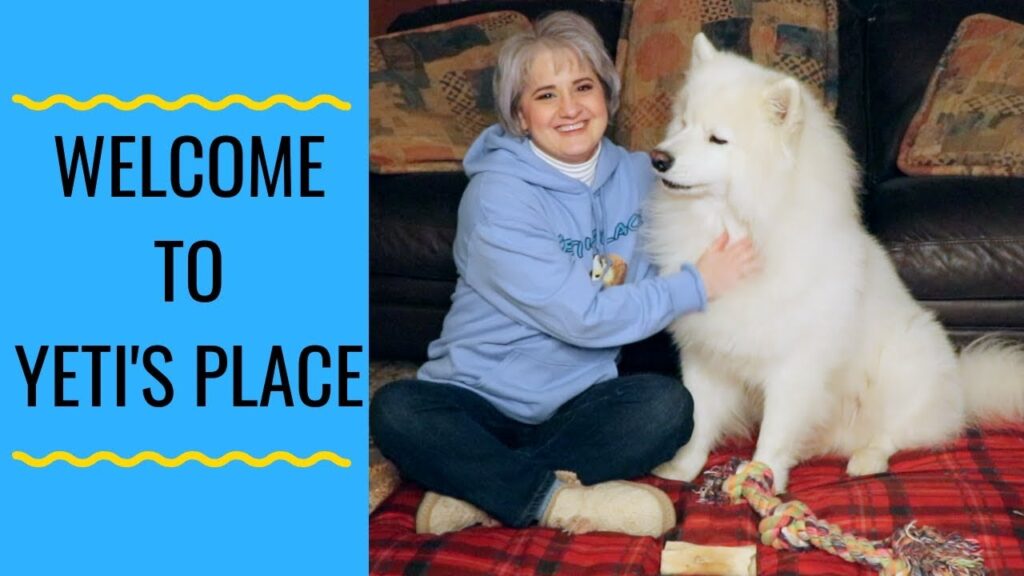
3. Establish a Routine:
Consistency is key when crate training your Samoyed puppy. Establish a routine by following a schedule for feeding, bathroom breaks, and crate time. Puppies have limited bladder control, so take them outside to eliminate before and after each crate session. This helps prevent accidents and reinforces the association between outside time and relieving themselves.
4. Use Positive Reinforcement:
Reward-based training is highly effective when crate training your Samoyed puppy. Whenever your puppy willingly enters the crate, offer praise and treats as a reward. Positive reinforcement reinforces the idea that the crate is a safe and comfortable space. Avoid using the crate as a form of punishment, as this can create negative associations and hinder the training process.

5. Gradually Increase Crate Time:
Start by closing the crate door for short periods while you are present. Gradually increase the duration, providing your Samoyed puppy with interactive toys or chew treats to keep them occupied. Initially, stay in the room and gradually move out of sight, allowing your puppy to become accustomed to your absence. This gradual approach helps prevent anxiety and separation distress.
6. Ignore Whining or Barking:
Your Samoyed puppy may whine or bark when initially placed in the crate or when you leave the room. It’s essential not to give in to their demands by letting them out. Instead, wait for a moment of calm or silence before opening the crate. Reward and praise your puppy for calm behavior to reinforce the desired response. Consistency will help them learn that whining or barking does not lead to freedom.
Conclusion:
Crate training is an essential part of raising a well-behaved Samoyed puppy. By following the steps outlined in this guide, with the addition of choosing a Sky Kennel, you can help your puppy associate the crate with security, comfort, and positive experiences. Remember to be patient, consistent, and use positive reinforcement throughout the training process. With time and practice, your Samoyed will learn to love their crate as their own special sanctuary.


